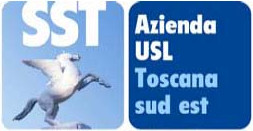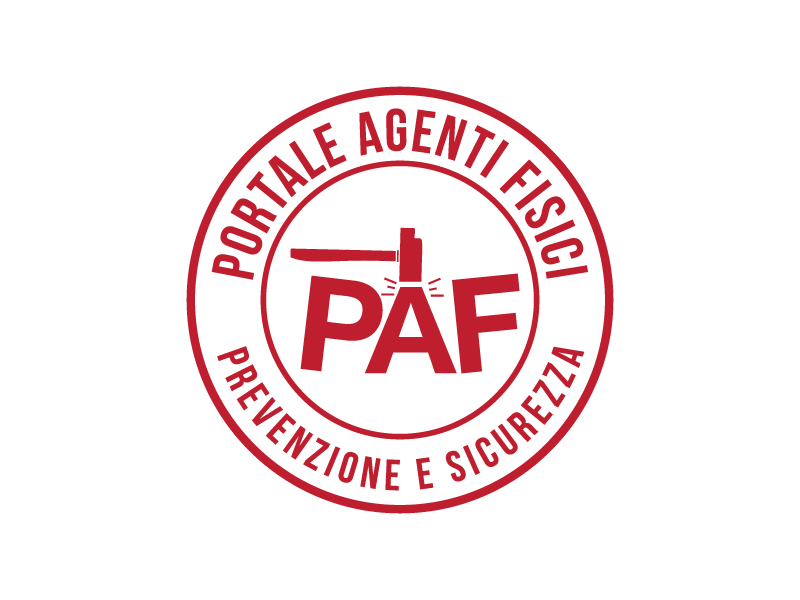Prevention and protection - Noise
Article 5 of Directive 2003/10/EC "Provisions aimed at avoiding or reducing exposure", at paragraph 1, establishes that “(...) the risks arising from exposure to noise shall be eliminated at their source or reduced to a minimum. The reduction of such risks shall (...) take into account in particular:
a) other working methods that require less exposure to noise;
b) the choice of appropriate work equipment, taking account of the work to be done, emitting the least possible noise, including the possibility of making available to workers work equipment subject to Community provisions with the aim or effect of limiting exposure to noise;
c) the design and layout of workplaces and work stations;
d) adequate information and training to instruct workers to use work equipment correctly in order to reduce their exposure to noise to a minimum;
e) noise reduction by technical means:
1) reducing airborne noise, e.g. by shields, enclosures, sound-absorbent coverings;
2) reducing structure-borne noise, e.g. by damping or isolation;
(f) appropriate maintenance programmes for work equipment, the workplace and workplace systems;
g) organisation of work to reduce noise: (i) limitation of the duration and intensity of the exposure; (ii) appropriate work schedules with adequate rest periods.”
This Article, by reaffirming the principle of elimination or reduction of risk at source, gives indications for specific measures of technical prevention that are very useful in practice. The Article continues with three more paragraphs:
“2. On the basis of the risk assessment referred to in Article 4, if the upper exposure action values are exceeded, the employer shall establish and implement a programme of technical and/or organisational measures intended to reduce the exposure to noise, taking into account in particular the measures referred to in paragraph 1.
3. On the basis of the risk assessment referred to in Article 4, workplaces where workers are likely to be exposed to noise exceeding the upper exposure action values shall be marked with appropriate signs. The areas in question shall also be delimited and access to them restricted where this is technically feasible and the risk of exposure so justifies.
4. Where, owing to the nature of the activity, a worker benefits from the use of rest facilities under the responsibility of the employer, noise in these facilities shall be reduced to a level compatible with their purpose and the conditions of use.”
Paragraph 2 introduces an important innovation: the obligation of establishing and implementing technical and organisational measures to reduce noise exposure becomes effective when exceeding the upper action values (LEX,8h=85 dB(A) and/or ppeak=140 Pa).
Next Article of the Directive (Article 6 "Personal protection") states, at paragraph 1, that if the risks arising from exposure to noise cannot be prevented by other means, appropriate, properly fitting individual hearing protectors shall be made available to workers and used by them in accordance with the provisions of the current legislation and under the conditions set out below:
“(a) where noise exposure exceeds the lower exposure action values, the employer shall make individual hearing protectors available to workers;
(b) where noise exposure matches or exceeds the upper exposure action values, individual hearing protectors shall be used;
(c) the individual hearing protectors shall be so selected as to eliminate the risk to hearing or to reduce the risk to a minimum.”.
Finally, paragraph 2 of the same Article establishes that “The employer shall make every effort to ensure the wearing of hearing protectors and shall be responsible for checking the effectiveness of the measures taken in compliance with this Article.”.








